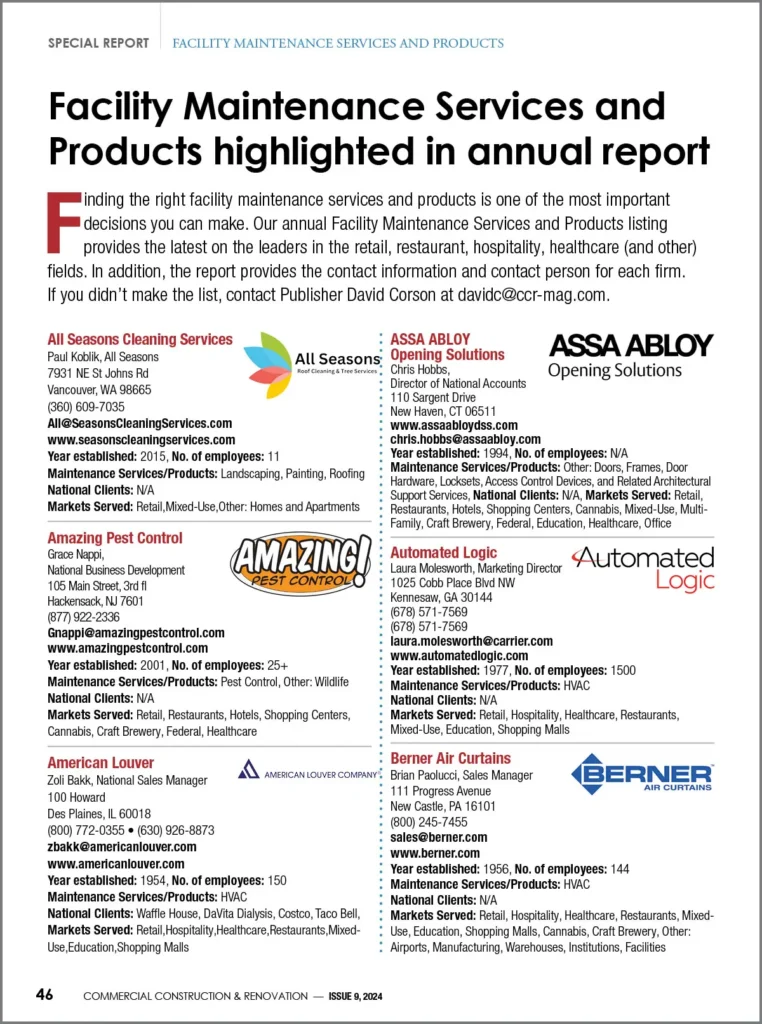Moving an office to a different location can feel like an undertaking initially, but having a well-organised strategy and defined goals can make the transition more feasible and less stressful to handle effectively. This manual is designed to offer a guide on relocating your office space for optimal results, with minimal interference and improved productivity levels.
Evaluating Objectives
Before you start the move, it’s important to know why you need to relocate. Evaluating your needs will help you pinpoint your goals, whether you want more space, a better location, or upgraded facilities. Setting objectives will steer the process, making sure each choice matches the bigger picture, especially when enlisting the services of professional office movers in Auckland.
Crafting a Chronology
Having a schedule is crucial for a relocation process. Start by selecting a moving date and then plan out the tasks in order. Split the tasks into parts with deadlines for each to ensure that everything is done on time and avoid any rush towards the end of the moving process.
Preparing the Finances for the Relocation
In the process of moving offices, financial planning is crucial. It’s important to create a budget that accounts for all expenses, such, as moving fees, new furniture purchases and any renovations that may be needed. Setting aside money for future costs can prevent difficulties as the relocation progresses. It’s advisable to review the budget to guarantee everything remains in order.
Selecting a Moving Service Company
Choosing a moving company is essential for an office move. Carry out significant research to locate a company with substantial experience in relocating offices. Get estimates from providers. Contrast their services. Review customer feedback to gain an understanding of their dependability and service excellence.
Managing Inventory
Having a list of office belongings makes relocating easier to manage by organising everything according to significance and usage patterns. The list serves as a guide in determining which items to retain, make available for donation, or discard so that only crucial items are transported to the site. Additionally, inventory control and management simplifies the process of keeping track of all items during the move, minimising the chances of losing or misplacing any belongings.
Plan for Communication
Ensure communication plays a role in facilitating a seamless transition process during the move to a new location or phase of operation within the business setting. It’s crucial to notify employees, clients and stakeholders about the impending transition at an early stage to allow ample time for adjustment and planning ahead. Keeping everyone in the loop through updates on the developments and significant milestones reached is key to fostering clarity and understanding among all parties involved. Clear and transparent communication not only keeps everyone informed but also helps alleviate any uncertainties that may arise during the transition period.
Getting the New Office Ready
Before the relocation takes place, it is crucial to get the new office space ready for use by all staff and equipment involved in the move. Factor in the organisation’s requirements and values when planning out the setup and appearance of the space. Make sure that essential utilities like internet connection and phone lines are arranged and functioning properly prior to the move.
Preparing Items for Storage and Identification
Efficiently packing and labeling items helps make unpacking easier down the line in an office space. Be sure to use good-quality packing materials to keep your valuables safe and sound during the move. Label each box with what’s inside and where it should go in the new office setup for a smoother transition.
Organising the Logistics for the Moving Day
During the day of the move, coordination is crucial for a seamless transition. Make sure to designate a group to supervise the move and ensure that all the tasks are carried out according to the plan. Keep in touch with the moving company to promptly address any problems that may arise. A coordinated relocation helps reduce downtime and ensures that the office is up and running quickly.
Getting Things Ready for Use
After relocating all items to the office space, the next task involves unpacking and arranging everything. Start by focusing on setting up tools and equipment to ensure operations from the get-go. It’s an idea to suggest that employees add their touch to their work areas to helpthem feel more at home and invested in the fresh surroundings. Make sure to keep an eye out for any problems that may arise and deal with them promptly to maintain a hassle-free workspace.
Conclusion
Planning an office move requires meticulous attention to detail and careful coordination. By following this step-by-step guide, businesses can ensure a seamless transition to their new location. Proper planning and execution minimise disruptions, allowing the company to continue its operations smoothly.








 The 2024 virtual Men’s Round Table will be held Q4, 2024, date TBD.
The 2024 virtual Men’s Round Table will be held Q4, 2024, date TBD.













